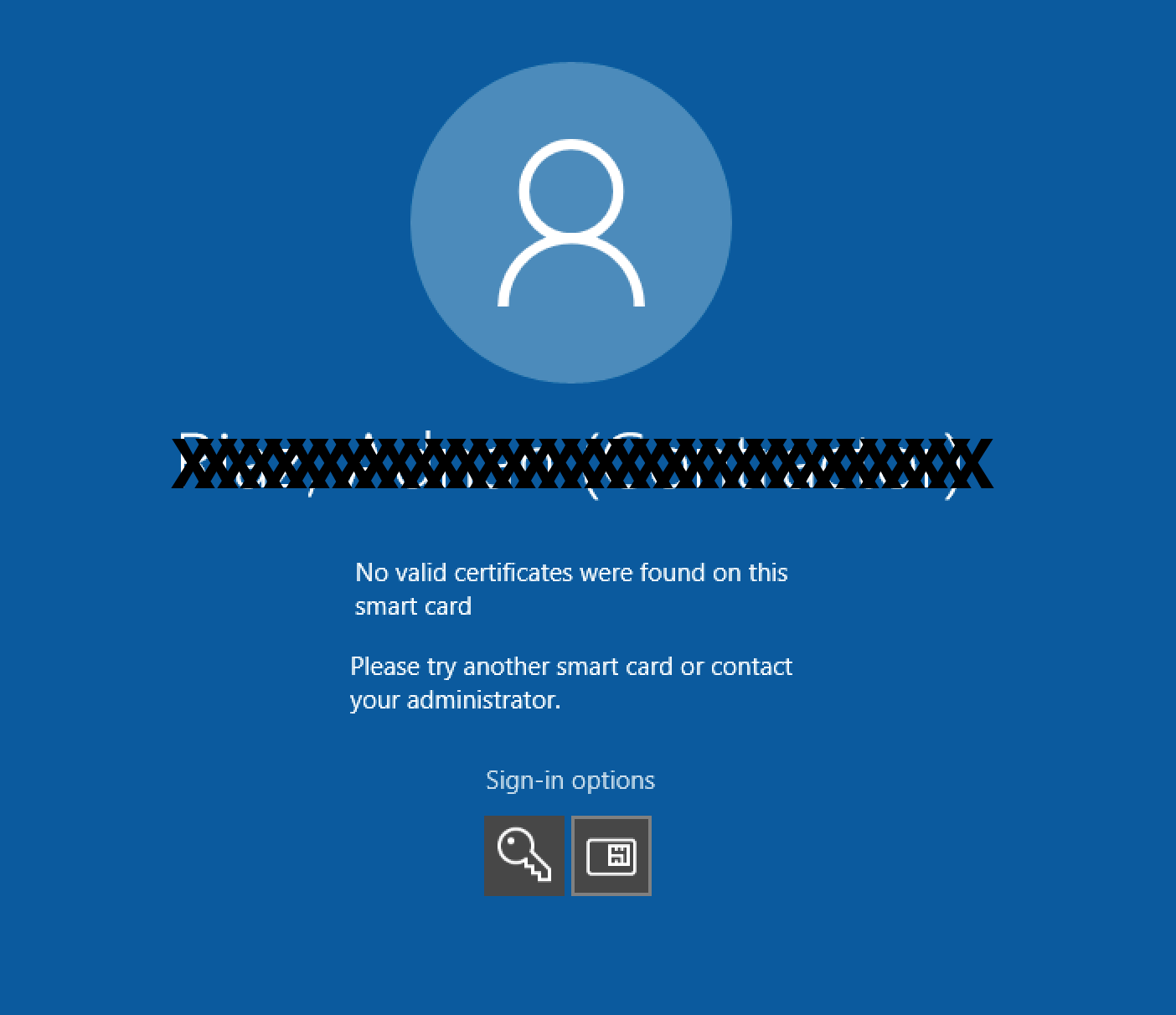
- #REMOTE DESKTOP CONNECTION FOR MAC WINDOWS SERVER 2012 R2 SERIES#
- #REMOTE DESKTOP CONNECTION FOR MAC WINDOWS SERVER 2012 R2 WINDOWS#
That’s it! As soon as you click Apply, the new settings will be saved: from now on, all newly-initialized Remote Desktop session will be disconnected after the given amount of time. In the right panel, double-click the Set time limit for active but idle Remote Desktop Services sessions policy: in the modal window that will appear, activate it by switching the radio button from Not configured to Enabled, then set the desired amount of time in the drop-down list right below.
#REMOTE DESKTOP CONNECTION FOR MAC WINDOWS SERVER 2012 R2 WINDOWS#
#REMOTE DESKTOP CONNECTION FOR MAC WINDOWS SERVER 2012 R2 SERIES#
Since I’ve also been working on this, I’ll share some basic knowledge that will be most likely useful for those who need to do that in a series of dedicated posts on this blog. type here the command needed as mentioned above.If you’re a System Administrator and you had to perform a Risk Assessment, Security Assessment, Due Diligence or Compliance Questionnaire at least once, you most likely know that in order to meet the security requirements asked by most modern regulations and standards – such as the ISO/IEC 27001:2013, ISO/IEC 27002:2013, ISO/IEC 20000:2011, NIST CyberSecurity Framework, SSAE/SOC2, ITIL, PCI-DSS and so on – you have to setup your Windows Server environment accordingly. : PS C:\Users\AdministratorName\Documents>. PS C:\> Enter-PSSession remotecomputername-or-ipaddress To do that, beofre typing the commands above, enter a PowerShell The nice thing is, with PowerShell Remoting now enabled by default, you can also do the above without logging onto the Console and instead enable RDP/Disabling NLA/Change the Firewall remotely.

PS C:\> New-NetFirewallRule -Name Custom_Allow_RDP -DisplayName "Custom Allow RDP" -Description "Custom Allow RDP TCP port 3389" -Protocol TCP –LocalPort 3389 -Direction Inbound -Enabled True -Profile Any -Action AllowĪnd to make it complete, when RDP is not enabled: PS C:\> (Get-WmiObject -Class Win32_TerminalServiceSetting -Namespace root\CIMV2\TerminalServices).SetAllowTsConnections(1,1) PS C:\> New-NetFirewallRule -Name Custom_Allow_PingICMP4 -DisplayName "Custom Allow Ping ICMP4" -Description "Custom Packet Internet Groper ICMPv4" -Protocol ICMPv4 -IcmpType 8 -Enabled True -Profile Any -Action Allow Other option, but probably not in your case is the Firewall, again start PowerShell:


Start PowerShell and try disabling NLA for RDP with the following command: PS C:\> (Get-WmiObject -class "Win32_TSGeneralSetting" -Namespace root\CIMV2\TerminalServices -Filter "TerminalName='RDP-tcp'").SetUserAuthenticationRequired(0) Don't know all your details, basically nothing is wrong, it's just the protocols/versions/domain-joined or not are not 100% matching.


 0 kommentar(er)
0 kommentar(er)
